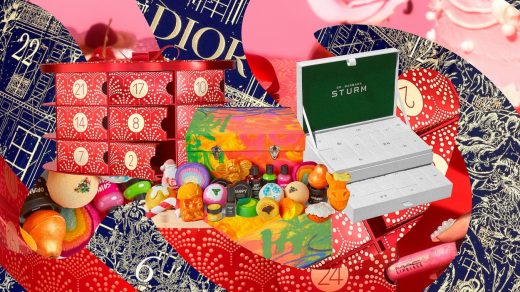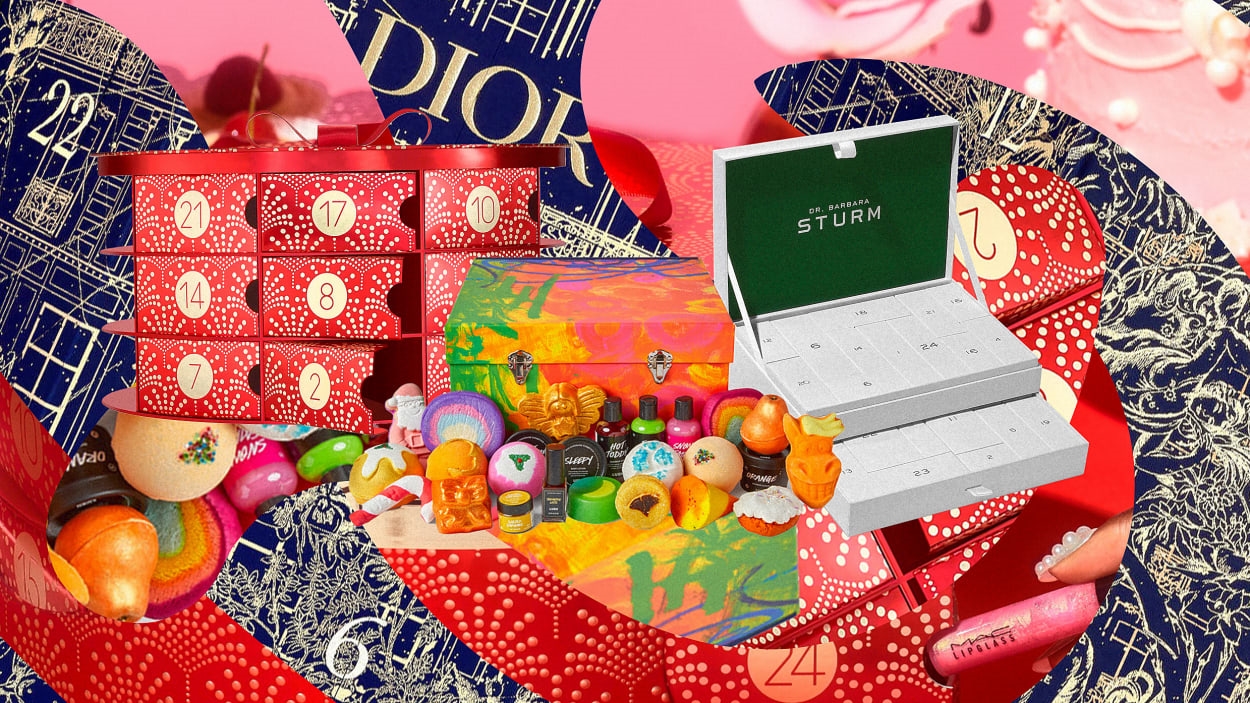How beauty advent calendars became a big, wasteful business
Last year, luxury brand Chanel landed on beauty influencers’ naughty list after its $800 advent calendar failed to impress.
“Okay, this has to be a joke! This is a joke. Stickers?!” TikToker Elise Harmon exclaimed as she unboxed day nine of her perfume-shaped calendar to find a single sheet of black-and-white stickers bearing the Chanel brand.
But the lump of coal moment for Chanel turned into viewership gold for beauty influencers, as audiences flocked to videos mocking the calendar. Despite its price tag and frosty reception, the 2021 Chanel calendar became so difficult to track down that some influencers had to trawl eBay to secure one for themselves.
This year influencers are doubling down on advent calendar content, and brands are eagerly providing them with options to unbox and review. In the process, they’ve turned a category once reserved for children and chocolatiers into a beauty bonanza. Beauty advent calendars from brands with cult followings, such as Charlotte Tilbury, are sold out. On YouTube, some unboxing videos have surpassed 1 million views.
While data on sales is scant, Google trends suggest that interest in these calendars has tripled since last year’s holiday season. Meanwhile, interest in advent calendars generally has increased by just 12%.
For beauty brands, advent calendars provide an opportunity to attract new customers while simultaneously increasing the spend of their loyalists.
“Every brand would love to have ways to get its samples in front of relevant consumers,” says retail industry analyst Sucharita Kodali, a vice president at Forrester Research. “If it’s a superfan, even better, because you’ve just given the superfan a bunch of products that they may not have used before.”
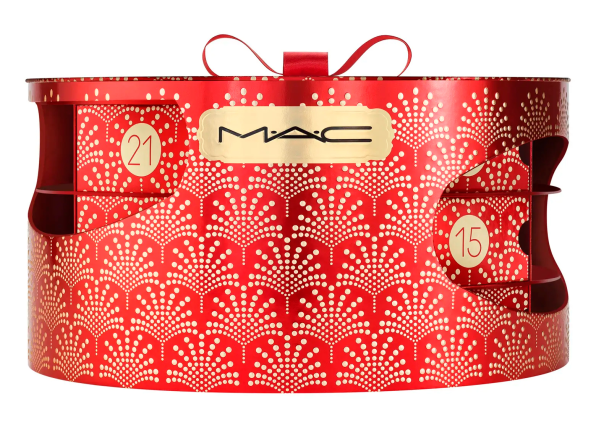
Kodali characterizes the trend as “new merchandising around the variety pack”—and clever merchandising at that. This year, MAC Cosmetics created a cylindrical calendar with spinning trays reminiscent of a baubly red ornament. Another brand, Elemis, developed a calendar in which every box, once emptied of its product, doubles as a decoration.
In keeping with traditional advent calendars (originally a German invention designed to count down the days until Christmas), most beauty advent calendars contain 24 items. The large number of products gives brands an opportunity to showcase the range of their beauty lines, from eye creams and lipsticks to candles and perfumes—though the large assortment can also be a pitfall. At least one influencer called out Dior this year for including a star ornament that the brand also gives away free with in-store purchases.
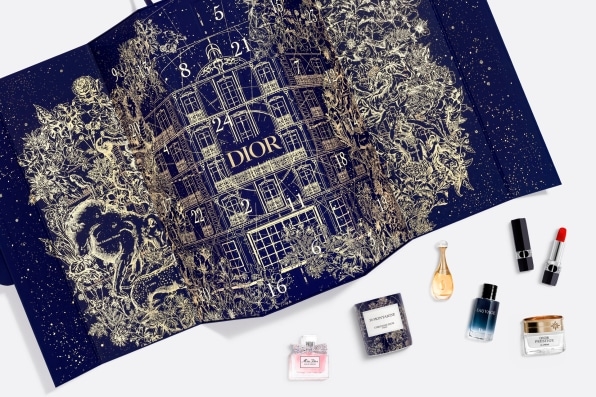
Dr. Barbara Sturm, founder and CEO of an eponymous brand known for its scientific approach to skincare, sold out her first advent calendar four years ago. This year’s version is “super luxurious,” she says, with products specific to winter skincare needs (cost: $560). It serves the dual purpose of converting to a jewelry box.
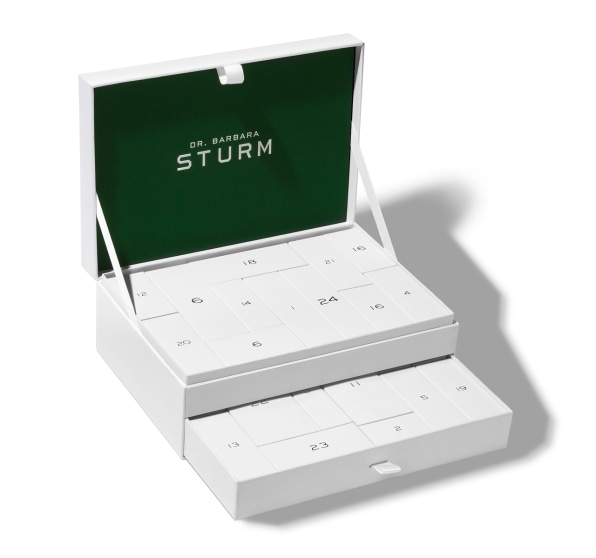
“It’s been incredibly successful,” Sturm says of the calendar. “This season we will have tripled the amount of calendars sold compared to 2018, and we already have a high demand from retailers who are keen for the 2023 version.”
U.K.-based cosmetics brand Lush introduced its advent calendar in 2019, but only after Suzie Hackney, head of creative direction, convinced cofounder and CEO Mark Constantine that it would be possible to produce a calendar reflective of the brand’s values. Lush is committed to sustainability; it emphasizes what it calls “naked” packaging, in addition to sourcing ethical ingredients and eschewing animal testing. For example, the brand sells “knot wraps,” a wrapping paper alternative made from organic cotton or recycled plastic bottles.
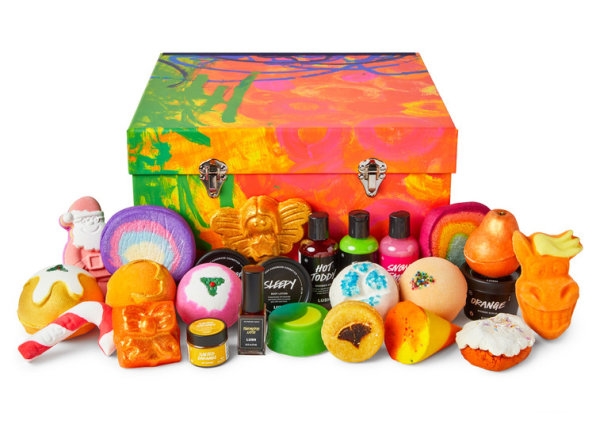
To address Constantine’s concerns, Hackney developed a calendar that was partially recyclable. After Christmas, customers can remove the perforated trays separating the daily gifts, recycle them, and then reuse the brightly decorated container for storage.
“It has that longevity,” Hackney says. “It’s kind of like a trunk, because we liked the idea of something a bit iconic-looking and really reusable.”
In Lush’s first year of offering calendars, it sold 500. In 2021, the brand sold more than 8,000, and is expecting a similarly strong performance this year.
For holiday 2023, Lush is looking into ways to allow customers to refill their calendars, rather than buy new ones.
As beauty advent calendars grow in popularity, so too do concerns about the waste they generate. In many cases they are comprised of a large box filled with 24 smaller boxes that are filled with tissue or crinkle paper cushioning yet more small boxes with plastic samples.
“The advent calendars are so popular not because of what’s in them, but because of the mystique and the packaging and the excitement and the magic,” says Brianne West, founder and CEO of beauty brand Ethique. “And that is largely what the beauty industry is based on: packaging.”
Ethique, based in New Zealand, makes plastic-free beauty bars, which serve as an alternative to bottled shampoo, conditioner, and more. Several years ago, Ethique sold a Christmas-tree-shaped advent calendar with 12 sample products.
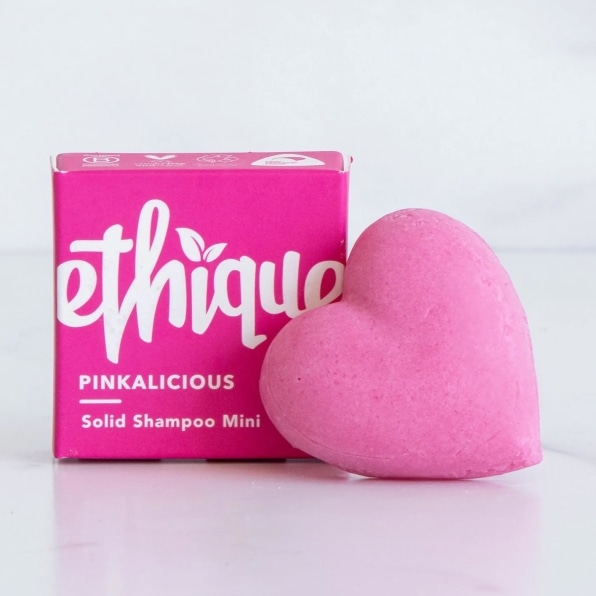
“It was really cute, and it was a way of other people gifting their friends Ethique,” West says. Even so, after two years, she decided to discontinue it. “It was compostable and glitter-free and everything else. Yet it was still [using] more resource than was really necessary.”
Instead, Ethique sells “mini” bars for $4 to $6, so customers can buy exactly what they wish to try.
(56)

